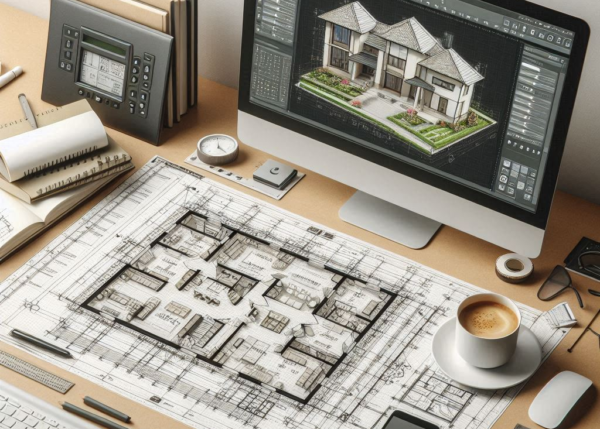BIMLibrary.co
Architects and BIM: Understanding Their Needs and How to Meet Them

Building Information Modeling (BIM) has revolutionized the architecture industry, providing a collaborative platform for architects to design, visualize, and analyze building projects. To effectively cater to architects’ needs, it’s essential to understand their search behaviors, preferences, and requirements regarding BIM products.
How Architects Search for BIM Products
Architects often use online search engines, industry-specific platforms, and professional networks to discover new BIM products. Also, when an architect needs to include a specific product in a BIM model, the architect goes to the Manufacturer’s website to pick the BIM model of the product. The architects expect to find BIM Model immediately to be dropped in Revit or other software to test it in design,
The Big Mistakes Construction Product Manufacturers Make It
Construction product manufacturers tend to bury the BIM files and Revit families in pages behind many clicks, specifications, and useless marketing texts. If an architect can’t immediately find what he/she wants, he/she abandons the product and goes to a different manufacturer.
The manufacturer should direct the architects to the BIM files upfront on a website, allowing the designers to quickly read a summary, download, and test the BIM project.
What Architects Look for in BIM Products
When evaluating BIM products, architects prioritize the following factors:
- Accuracy and Detail: BIM models should accurately represent the physical characteristics and performance of the product.
- Compatibility: Products must be compatible with popular BIM software platforms like Revit, ArchiCAD, and SketchUp.
- Customization: Architects must often customize products to fit their specific design requirements.
- Documentation: Clear and comprehensive documentation, including product specifications, installation instructions, and maintenance guidelines, is essential.
- Ease of Use: BIM products should be intuitive and easy to use, allowing architects to incorporate them into their projects quickly.
The Importance of Easy-to-Read Specifications
Clear and concise specifications are crucial for architects to understand the capabilities and limitations of BIM products. Well-structured specifications should include the following information:
- Product dimensions: Length, width, height, and other relevant measurements.
- Material and finish: Information about the materials used and the product’s appearance.
- Performance data: Energy efficiency ratings, acoustic properties, and other performance metrics.
- Installation details: Guidelines for proper installation, including required clearances and connections.
- Maintenance requirements: Instructions for regular maintenance and cleaning.
Tips for Creating Effective BIM Product Resources
To attract and engage architects, consider the following tips:
- Create a dedicated BIM library: Provide a centralized repository for all your BIM products, making them easily accessible to architects.
- Offer free trials or demos: Allow architects to test your products before purchasing.
- Provide excellent customer support: Offer timely and helpful support to address any questions or issues architects may encounter.
- Leverage social media and online communities: Engage with architects on platforms like LinkedIn, Twitter, and industry-specific forums.
By understanding architects’ needs and providing them with high-quality BIM products and resources, you can position your company as a valuable partner in the building industry.








